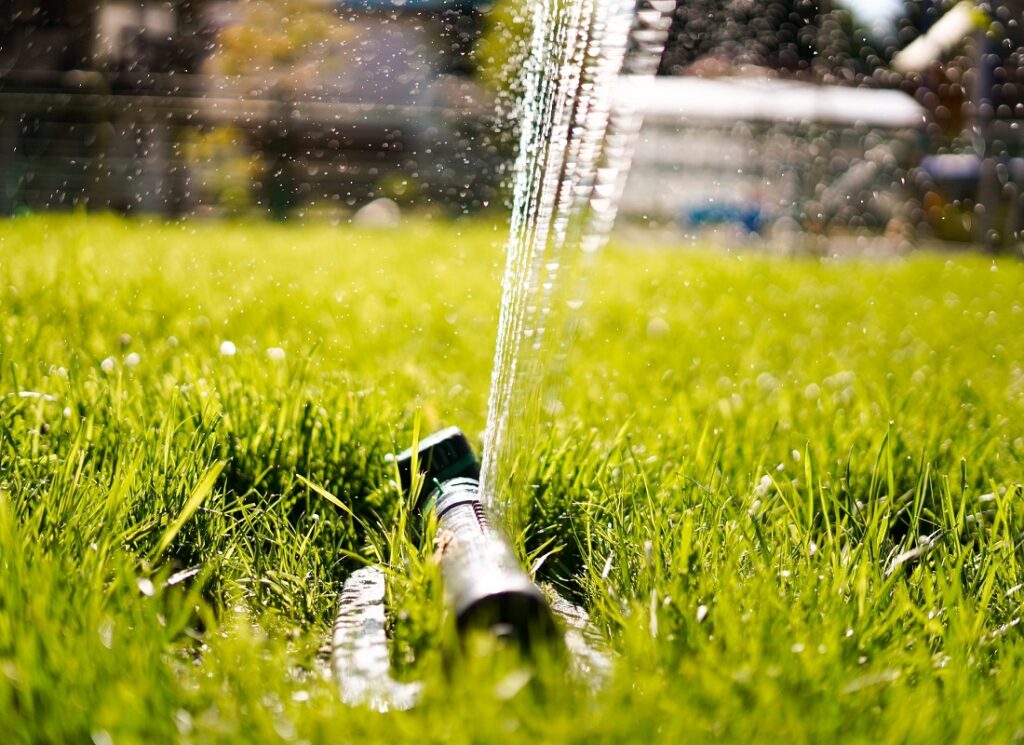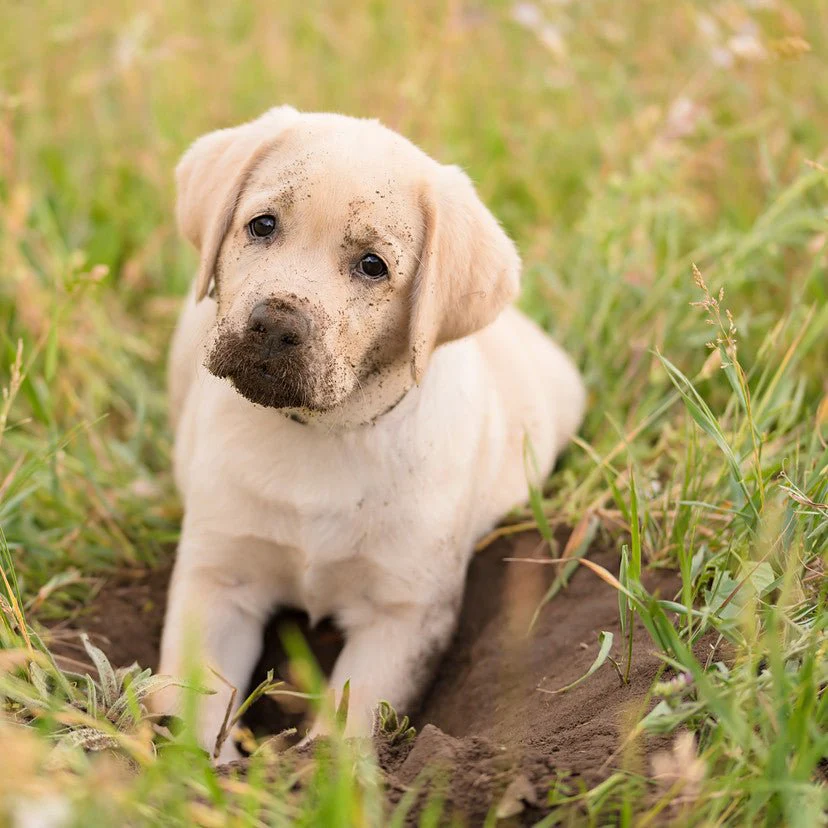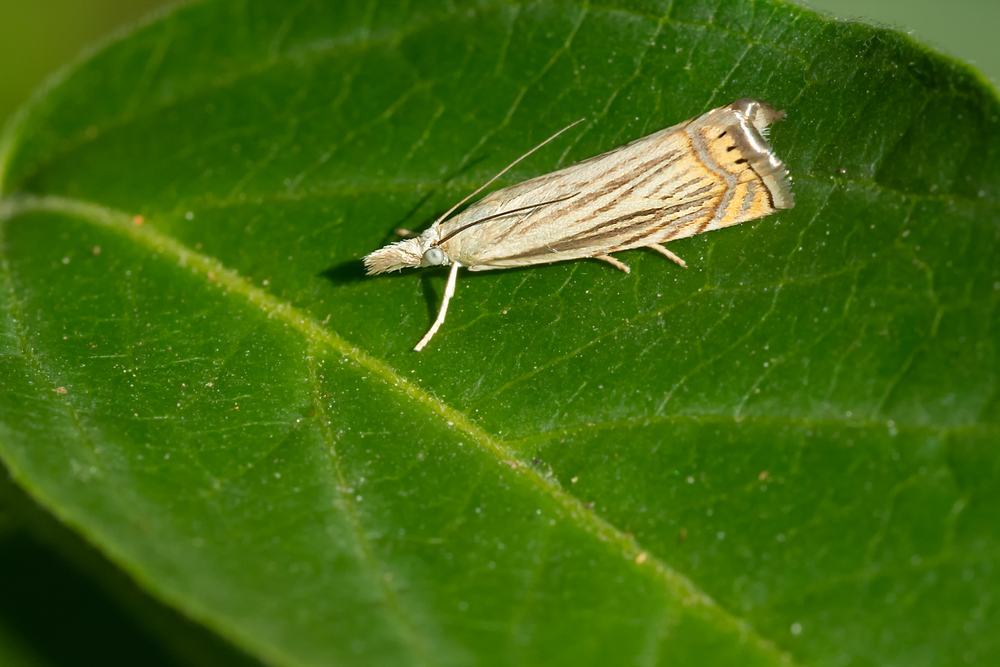Many lawn lovers want to keep our lawns in the best possible shape as the summer heat bears down on it. That said, it’s often tempting to water the grass more than it needs to keep it cool.
Improper summer lawn watering practices can lead to two significant outcomes—drought from too little water and disease from overwatering.
For how long should I water my lawn during the summer?
Typically, most lawn irrigation periods during the summer should last between 25–30 minutes each. This amount of time depends on a lot of different factors, though. As previously stated, each irrigation system or sprinkler can deliver different amounts of water, and it’s important to hit that 1-inch-per-week requirement.
This can also depend on where the irrigation system delivers the most water and your lawn’s water-holding capacity. For example, if you have really sandy soils, the water holding capacity for your lawn is probably pretty low because sand is very granular, and it’s easy for the water to pass right through. In this case, you may need to water your lawn for more extended periods or add more organic matter.
If you have clay or loamy soils, the water holding capacity is higher, so you should water your lawn in shorter periods to prevent waterlogged soils.
How do I know if my lawn needs more water?
If your lawn receives too little water, you may start to see signs of drought, including the thinning of grass blades that start to turn yellow or brown in color, and it may grow slower. It’s essential to keep an eye out for this because this is the step right before it starts to die.
It can sometimes be difficult to distinguish between disease and drought because both include yellow-brown discoloration of grass blades. If your lawn is being overwatered, the heat and over-saturation create optimal environments for disease outbreaks. Yellow, discolored grass blades may also indicate chinch bugs, which love to feed on St. Augustine lawns.
Depending on the type of disease, oftentimes, the key to distinguishing drought from disease outbreak is looking toward the edges of the discolored spots. Typical signs of disease vary depending on the type of fungus, but most signs include an interior clear dead zone where the fungus has killed the grass and a lighter yellow or brown ring around the outskirts where the fungus is spreading.
Disease also usually appears in irregular, circle-shaped spots of varying size. This is a significant indicator of disease damage. Finally, check your soil. If the soil is damp, you’re probably overwatering the lawn. If it’s dry, damage is likely due to drought stress.





